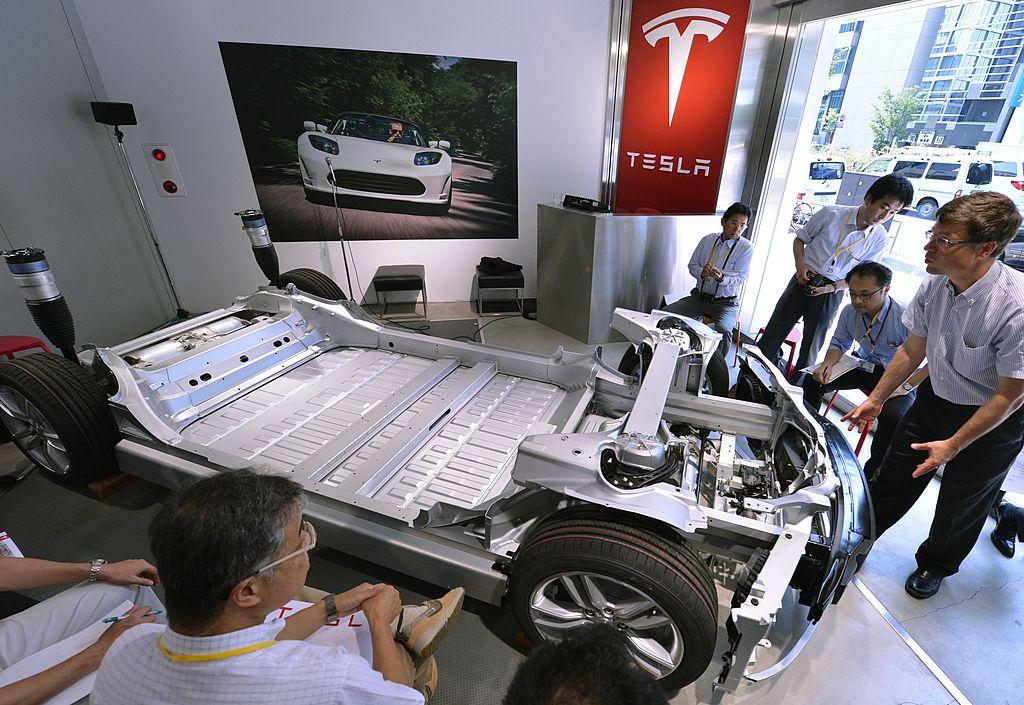Last year Elon Musk surprised everyone again with the announcement of the development of a new battery that would be capable of reaching at least “1 million miles.” A really impressive figure that in practice will mean batteries with exceptionally long life, and above. It’s also an excellent solution for vehicles with more intense use, such as taxis or electric trucks, and at a lower cost than current ones.
Now while we wait for the event where they will reveal new details about this technology, we have learned that Tesla has already registered a patent related to its new NCM 532 cells. A movement that puts us on notice that the arrival of this new battery is closer than ever. With a patent that describes the design as a “single crystal” NCA system that will allow the synthesis of nickel, cobalt, and aluminum (NCA) electrodes.
Thanks to the new cathode, Tesla batteries could, on the one hand, achieve an (estimated) energy density of around 200 Wh/kg as early as this year. Something that in practice will allow updating the battery packs of the Model S and X beyond 120 kWh, or managing to increase the capacity of the Model 3 to 100 kWh.
But perhaps the most exciting part of this development will be related to the useful life, and especially the cost of the kWh.
On several occasions, Elon Musk himself has indicated that the current capabilities do not need significant improvements. An evolution that would have to focus more on increasing the useful life and reducing the price of the storage systems themselves. All with the main objective of bringing the cost to figures below $100 per kWh.
But the industrial sector will play a vital role in the future of Tesla, and mobility in general. The search for solutions with greater durability will be essential to electrify sectors such as heavy transport, and also facilitate expansion in other strategies such as the taxi.
In this Tesla, you will play the trick of your battery with 4,000 charge cycles. A very generic figure that earns interest if we see that it is usually the one used to determine the resistance of a battery to a specific loss of capacity, 10 or 20% typically. That means that this battery will maintain 80 or 90% of capacity after 1.6 million kilometers. But it does not mean that from there it stops working, but that it will do so with less capacity, and therefore less autonomy.
This will allow you to create a battery with higher energy density, longer life, and lower cost. A trio of aces that will result in possibly the most competitive battery on the market, all in a sector that is in a long-running race to see who develops the most competitive system.

